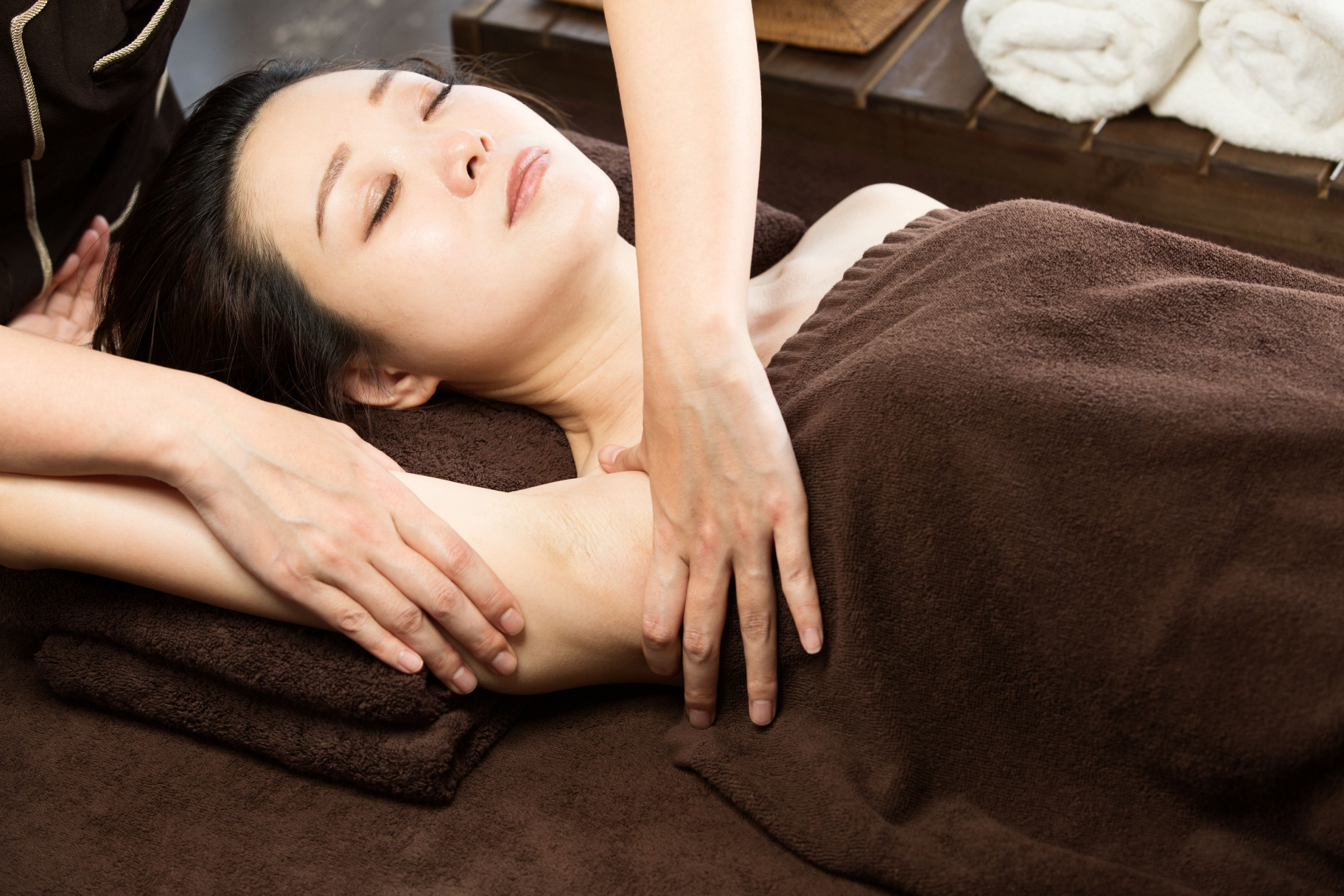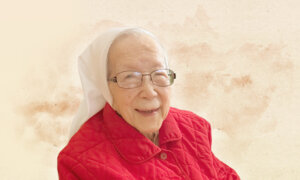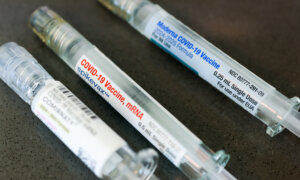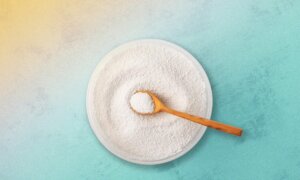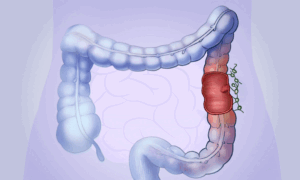Your armpit can tell you a lot about the state of your immune system. In fact, if there is no pit under your arm, it could be a warning sign that your lymph is backing up in your tissues and putting you at risk of illness.
That’s because the armpit is toward the endpoint of the lymphatic drainage system. Certain behaviors that many women engage in can restrict the flow of lymph in that area of the body causing an arm “puff” where the armpit should be. That includes using antiperspirants, shaving, and wearing tight clothing, especially bras.
Additionally, arms don’t get moved as much as other parts of the body, according to Kelly Kennedy, a certified massage therapist at The True Wellness Center in North Wales, Pennsylvania. Ms. Kennedy turned her interest to lymph during the COVID-19 pandemic as a way to help people toward improving their immunity.
“I’m sitting all day long. I’m on a computer. I’m not moving my armpits at all. Because I don’t raise my arms enough, I’m not pumping that lymph enough, and this is where it gets the most clogged,” she told The Epoch Times.
Strains on the Lymphatic System
Lymph nodes often swell if your body is fighting an infection or illness. When the lymphatic system is strained—in the case of trauma, surgery, infections, and cancer—it may even cause lymphedema. The condition causes ongoing swelling in the arms, legs, feet, or other body parts because of blocked lymph that builds up in soft tissues.
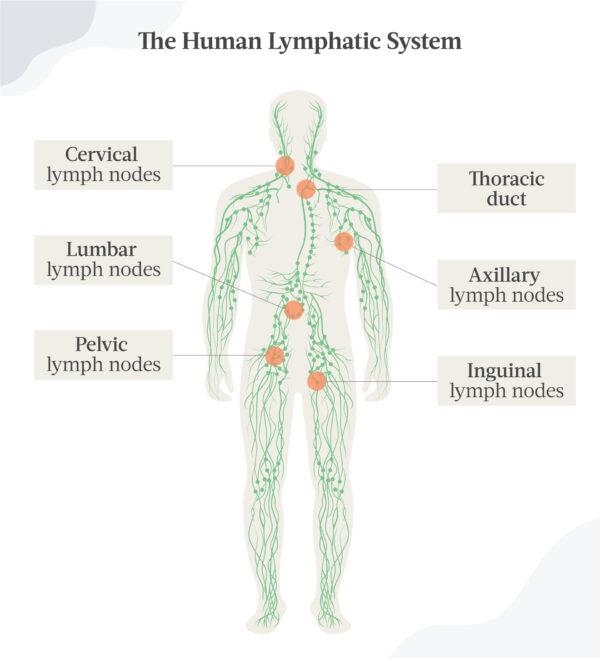
The human lymphatic system is an immune network manager. (The Epoch Times)
Lymphedema can also be caused by the plight of modern living. Obesity and a sedentary lifestyle are risk factors. Lymphedema symptoms can be minimized by keeping the lymph fluid flowing.
Obesity’s role in lymphedema is multi-faceted, according to the Academy of Lymphatic Studies, which offers courses and certification in the field.
“Excessive body fat, especially in the lower abdomen and thighs, can physically obstruct lymphatic flow, leading to fluid accumulation,” the organization wrote in a newsletter. “Moreover, obesity can cause a chronic inflammatory state in the body, further impairing lymphatic function. This chronic inflammation damages the delicate lymphatic vessels, exacerbating the fluid retention and swelling associated with lymphedema.”
There are five groups of axillary lymph nodes, located in the upper arm region in and around the armpits. Lymph flows from the extremities toward the heart, much like blood flow, and is part of a system similar to the circulatory system—except it doesn’t have a central pump like the heart.
Instead, it is a vacuum-pressure relief system that relies on the body’s movement to recirculate the fluid. Because of its unique method of drainage, the lymphatic system needs daily movement, massage, or other lifestyle behavior to prevent lymph congestion, Ms. Kennedy said.
Role in Immune Health
Lymph is made up mostly of blood plasma from the circulatory system that helps carry nutrients to the tissues through a network of lymphatic vessels. Lymph eventually makes its way to lymph nodes for filtering before returning to your blood. As it flows upward, it also picks up foreign cells, bacteria, and viruses.
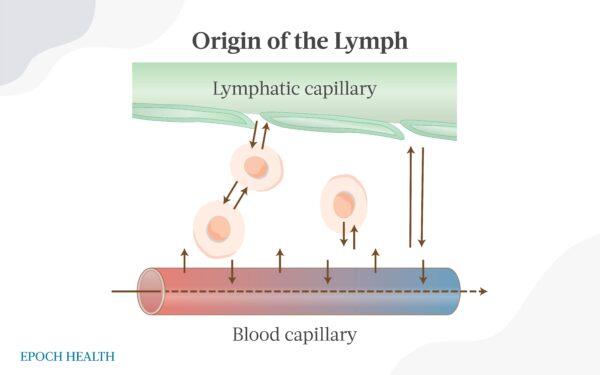
Lymph absorption from blood capillaries. (The Epoch Times)
These harmful organisms are then destroyed by white blood cells, called lymphocytes, located inside the nodes. Stagnation of lymph fluid is equated with a weakened immune system.
An Academy of Lymphatic Studies newsletter on maximizing immune health explains that lymph movement also “stimulates the production and activation of lymphocytes.” That makes the lymphatic system a positive feedback loop, called a “virtuous cycle.”
Besides infections, other consequences of a disrupted lymphatic system include gut malabsorption issues and cancer progression. Cancer cells can hitch a ride in the lymphatic system and spread to lymph nodes.
The Problem With Arm Puffs
Some experts believe that a puffy underarm area can be an early indicator that your lymphatic system needs attention. Often, lymph nodes—including those in the armpits—can become swollen and tender if your body is fighting off an illness.
However, a constant state of low-grade puffiness could indicate that your body isn’t moving enough. Ms. Kennedy is among those using social media and YouTube to encourage viewers to evaluate whether they have an armpit or an arm puff.
There has been a bit of pushback, she said, among those who don’t believe that puffy underarms are problematic.
“They don’t really understand the lymph system, and they don’t really understand regulation if they don’t think the body is throwing a signal and a sign [through puffy armpits],“ Ms. Kennedy said. “Nobody should have an arm puff. It’s not how the anatomy and physiology is designed in the body.”
Armpit Detoxing
Changes to underarm tissues could be driven by synthetic products—potentially specific ingredients, according to widespread speculation. Antiperspirants have been criticized for years for introducing toxins that leach into the tissues through the skin, as well as through microabrasions caused by shaving.
Changing from an antiperspirant—which contains aluminum—to a basic deodorant can create new, unpleasant odors as the bacterial community on the skin changes.
“Using something with aluminum in it is going to prevent you from sweating out of your armpits, which I know some people don’t want to do. It’s actually really important for removing toxins,” Nicole Joyce, a functional nutritional therapy practitioner, told The Epoch Times.
Now 52, she made the switch in her 20s.
“It’s the price I am willing to pay for my health,” she said.
Even though a few studies have made an association between antiperspirant use and breast cancer, the National Institutes of Health has said that the studies are too small and the results have been inconclusive.
Other Lymph Agitators
It could be that armpit hair itself helps with optimal operation of the lymphatic system.
A 2006 hypothesis argued that auxiliary hair may have a protective role for the immune system. Hair patterns do tend to overlap with clusters of lymph nodes, according to
an article published in Medical Hypotheses.
If true, it means that easily modifiable habits could have a positive impact on disease progression, according to the authors.
Besides not shaving, Ms. Kennedy said that could include ditching tightly fitting bras. On its website, The Thermogram Center displays thermal images of a woman who wore underwire bras for 50 years, showing inflammation in patterns where the wires met the skin.
However, the National Center for Health Research and other organizations have dismissed the argument that any type of bra is associated with breast cancer.
“While there are geographic variations in breast cancer rates, there are many, many factors, including diet, exercise, lifestyle, childbearing practices, as well as other behaviors and exposures that are more plausible explanations for these regional differences in breast cancer than bras,” asserts an article on the organization’s website.
Emotional Health and Lymph
Stress is one point of agreement regarding lymph flow and breast cancer. Emotional health can impact the function and flow of lymph fluid.
A 2016 article in Molecular and Cellular Oncology demonstrated how chronic stress can remodel lymphatic vasculature, ultimately changing lymph flow and giving tumors better access for spreading cancer cells throughout the body.
“This unanticipated crosstalk between stress and the lymphatic system provides pathways of tumor cell dissemination and accelerates metastasis,” the authors wrote.
Ms. Kennedy said lymph’s role in protecting the body from disease is often disregarded.
“It’s the highway nobody talks about,” she said of the lymphatic system. “If the traffic doesn’t flow, then you get backed up. If you don’t move, it gets backed up. It also gets backed up if it gets thick, and what thickens it is stress.”
In a very real sense, stagnant emotions can cause tissue tension that leads to stagnant lymphatic flow.
Massage for Lymph Draining
Some doctors will refer patients with lymphedema to a specialist who offers manual lymphatic drainage techniques such as massage to gently urge the movement of lymph and reduce uncomfortable swelling.
There are also tools such as compression garments, bandages, and lymphedema pumps that work like a vacuum to assist drainage by creating and releasing tension so that fluid flows more easily through tissues.
The pump mimics massage drainage techniques, which can be learned and used to prevent buildup of fluids. Ms. Kennedy has created YouTube videos on her channel, FLOWE with Kelly Kennedy, to show people how they can perform gentle massage over areas with many lymph nodes.
She said two daily sessions of about five minutes each can transform puffy underarms and get lymph flowing more smoothly. At-home tools designed for lymphatic massage can also be used.
Gentle pressure is used in the massage—about what you might use to check for the ripeness of an avocado, Ms. Kennedy explained.
Sessions begin by emptying the top points—near the clavicle bone, points along the neck, and in the armpits—starting on the left side. Massage moves out fluid in that zone, creating space for lymph further down in the body to then move upward in the direction that it naturally flows.
Although many medical clinics present lymphatic massage through a skeptical lens, they often recommend it—with caveats—for certain people.
“Health care providers are still studying whether lymphatic drainage massages make a difference,” Cleveland Clinic posted on its website. “Some studies show people age 60 and below benefitted by having lymphatic drainage massages.”
A Few More Lymph Tips
Just like physical movement can get lymph flowing, so can breathing—particularly deep, conscious breathing.
Ms. Kennedy suggests a minimum of 10 conscious breaths daily. She has clients put 10 small pebbles or coins in one pocket to represent each breath. Then she challenges them to move them all to another pocket by the end of the day as they practice pausing and breathing.
She also advises reducing exposure to cellular and Wi-Fi radiation, which can irritate the body.
“Turn your Wi-Fi off at night and, as much as possible, get your cellphone off your body,” Ms. Kennedy said.
Finally, she said her latest advice is to work more intentionally on emotions by practicing gratitude and forgiveness—starting with a softened heart toward ourselves.
“We’re more emotional bodies than we are physical. Lymph gets stiff and rigid, just like the body does, and it’s easy to break when we’re rigid. We all need to soften,” Ms. Kennedy said.
“So many people today feel overwhelmed. They feel so much pressure. They feel so much lack of time.
“What we all need to create in our life is space, and that space starts within.”


